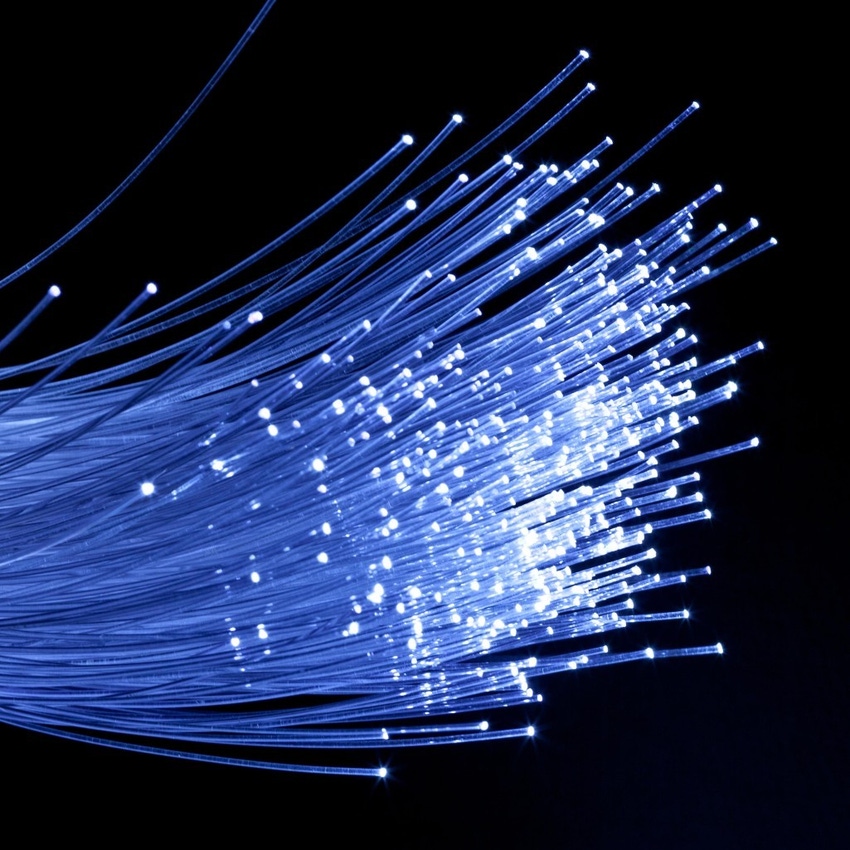New Zealand targets 100% fiber take-up by 2032
National public-private broadband scheme has already brought fiber to 87% of premises.

The New Zealand government says it aims to reach 100% takeup of fiber broadband in the second phase of its national scheme.
Under the initial phase, which ends this year, 87% of the population will have direct access to fiber connectivity.
Over 40% of these have been connected in the past five years, the government says in a new report that nominates its targets for the next decade.
The report, issued by the Ministry of Business, Innovation and Employment, does not detail costs or funding, but it sets out the thinking of one of the world's most successful state-driven national broadband programs.
New Zealand ranks in the top eight OECD countries for the percentage of fiber connections of total fixed connections and places 18th in fixed-line broadband speed in the latest Speedtest global index.
Figure 1:  The national public-private broadband scheme has already brought fiber to 87% of premises.
The national public-private broadband scheme has already brought fiber to 87% of premises.
(Source: gualtiero boffi/Alamy Stock Photo)
The most striking feature is the relatively modest cost of the private-public partnership model.
Since launching the Ultra-Fast Broadband (UFB) scheme in 2010, the government has contributed just 2.68 billion New Zealand dollars (US$1.90 billion).
The bulk has been funded by commercial operators, in particular incumbent Chorus, which accounts for 69% of all UFB connections. Local and community fiber players account for the remainder.
New Zealand telcos annually spend around NZ$1.6 billion ($1.07 billion) on telecom infrastructure of all types, the report states.
Rural regions the main target
In contrast to the UFB, the National Broadband Network in neighboring Australia, fully funded through a dedicated wholesale operator, has cost governments an estimated 51 billion Australian dollars over the past 12 years and faces a potential A$25 billion ($1.68 billion) deficit in 2040.
The main target for New Zealand broadband in the next ten years is rural areas. The report acknowledges that in large areas of the country, connectivity options are limited because of remoteness and low population density.
"Remote and rural New Zealanders are still not always able to access the connectivity they need. That is why we are investing in the next chapter of rural connectivity, to connect the hardest to reach areas."
The 2032 target is to ensure "every rural and remote resident and worker will have the ability to access the connectivity they need."
Want to know more? Sign up to get our dedicated newsletters direct to your inbox.
The government allocated NZ$90 million ($60.5 million) from its COVID recovery fund for rural network upgrades that will boost connectivity to around 70,000 rural premises.
It has also set aside another NZ$15 million ($10.1 million) to extend coverage and support "innovative connectivity options" in remote areas.
The other two main targets are climate change-related. Over the next ten years, the government aims to ensure that telecom infrastructure can support energy efficiency and lower greenhouse gas emissions, as well as "cope with the nation's unique resiliency challenges."
Related posts:
— Robert Clark, contributing editor, special to Light Reading
Read more about:
AsiaAbout the Author(s)
You May Also Like












